How to Choose Drumsticks? – Techniques and Tricks
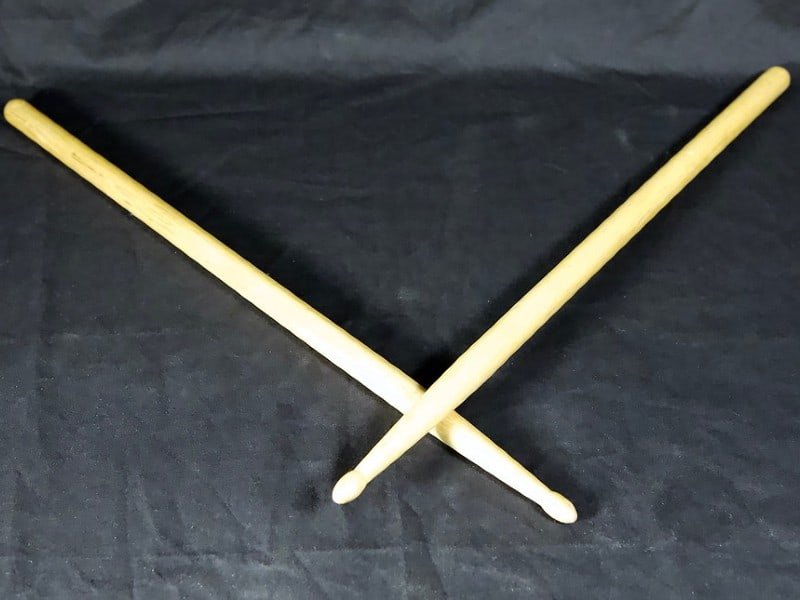
Are you a beginner drummer? Then you need to choose exactly the right drumsticks for your playing style. Why is it so important? The wrong kind can break quite quickly, and the sound you get from them will be different from what you want.
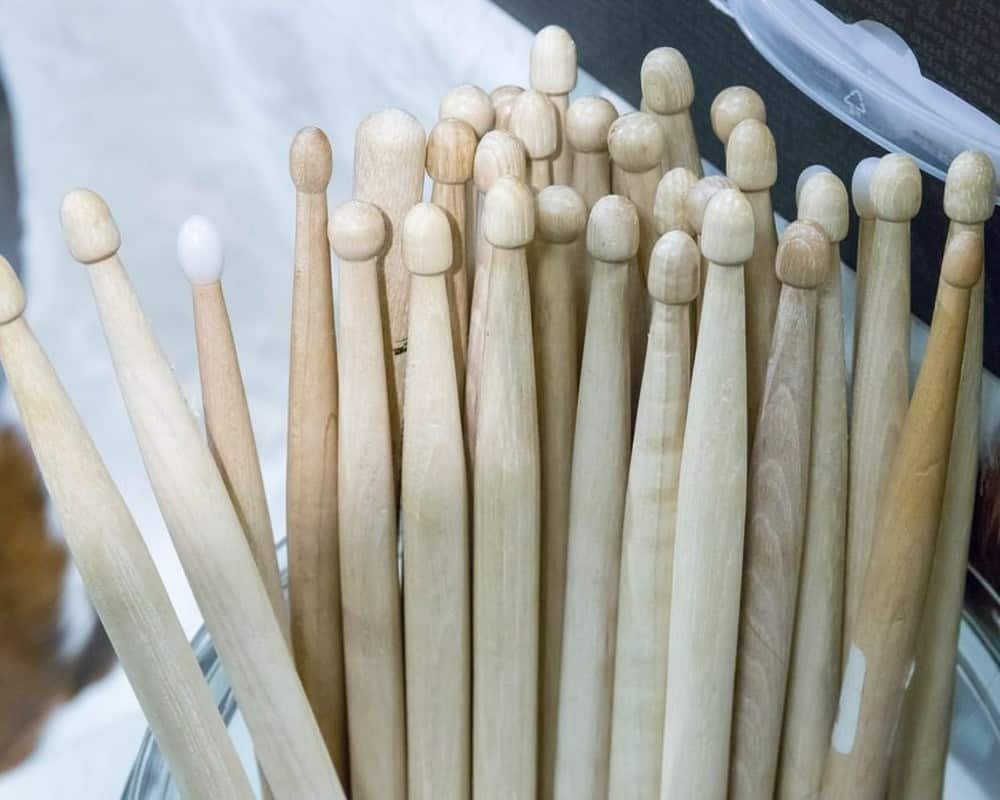
There is a huge range of different types of drumsticks in the music market. They are designed to play certain musical styles, such as marching, jazz, and rock. They also differ in material, shape, weight, coating, and brand, so it is very important for a beginner to be able to navigate all this variety. So, let’s start in order.
The Structure of Drumsticks for Drums
Contents
- The butt is the balancing part (the thick tip). The butt can be used as a percussion tip to increase impact force and volume.
- The body is the main and largest part that serves as the grip and also as the striking part of the rimshot.
- The shoulder is the area of the stick just behind the tip that many drummers use to hit the cymbal with crashes, rimshots, and reverse strokes. The alternation of hitting the tip and the shoulder on the hi-hat provides the basis for the rhythm.
- The neck is the part of the stick that serves as the transition between the shoulder and the tip.
- The tip of a drumstick has different shapes and sizes which affect the intensity, volume, and duration of the sound you get.
The Structure of Drumsticks
The material used to make drumsticks is usually wood. American walnut, maple, or oak are most commonly used. Many drummers play with sticks made of other types of wood. For example, rosewood. Let’s look at the properties of the most popular species.
American walnut (Hickory) is the most popular material. Durable and hardwood well absorb recoil upon impact, effectively damping vibrations transmitted from impacts. It has medium weight and little susceptibility to bending. It has more strength, weight, and density than maple.
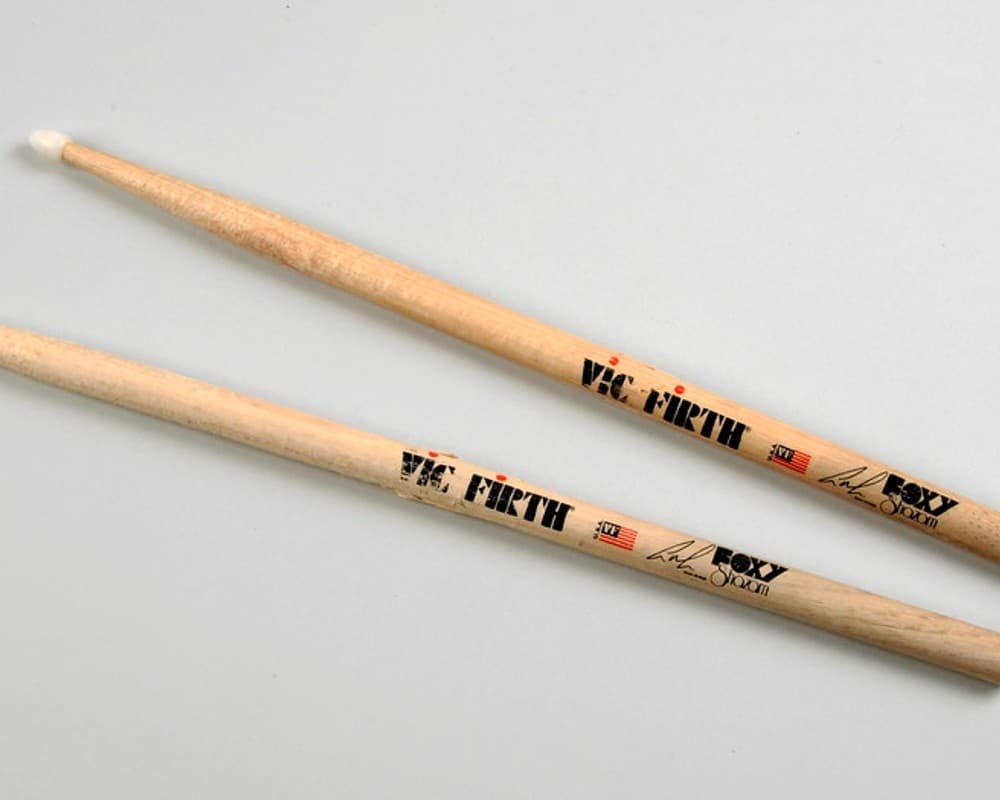
Maple is the lightest and most flexible wood with a soft structure. Although maple is not as hard and strong as American walnut or oak, maple sticks are an ideal choice for getting a quick response. Maple sticks are considered “docile” with excellent recoil absorption. Due to their flexibility and good bounce, they are mainly used for soft or fast playing, getting a light “airy” sound, especially when playing cymbals.
Maple is good for energetic playing, as it absorbs the energy of blows well. With it, you will feel fewer blows with your hands. But maple is a rather loose and soft material, sticks made of it quickly wear out or break.
Oak is a very strong wood, weighs more than maple and walnut, and has more strength. Oak sticks are the heaviest, densest, and seldom break, but you will feel the vibration much more when playing due to the low ability to absorb impact energy. Oak is a very moisture-resistant wood.
European Beech has a straight-wooded, flexible structure. The hardness and density of the base vary, depending on where the trees grow. In terms of mechanical properties, the material is similar to oak. Beech also reacts quickly and strongly to changes in humidity.
Hornbeam is a wood with a medium density structure, good kick absorption, medium between walnut and maple, and high wear resistance. The weight of the wood ranges from very light to medium heavy. The flexibility of hornbeam is somewhat lower than that of beech and oak. Fixtures made of it are resistant to shock loads and do not tolerate high humidity.
Rosewood is very strong and hardwood. Sticks made of it are preferred because of their wonderful tone and feel, but they are not suitable for cymbal playing and are quite expensive.
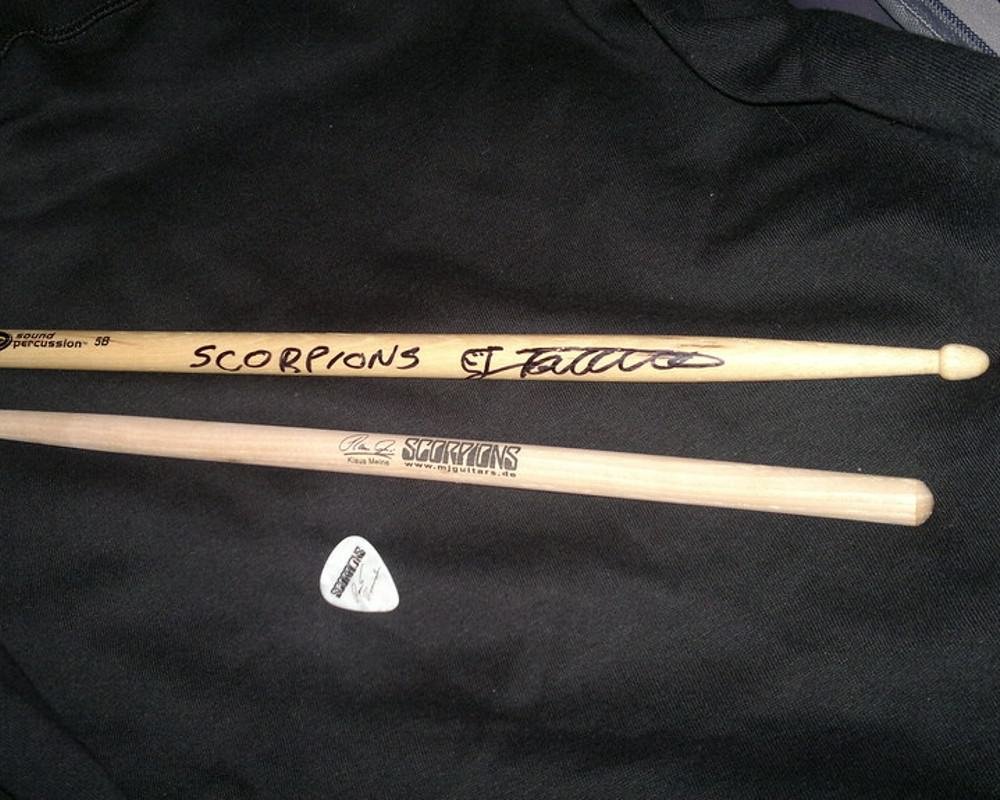
Synthetic sticks. Manufacturers of synthetic products use a variety of processing methods. These options provide greater durability than wooden sticks and offer additional features that cannot be achieved with wooden sticks.
For example, AHEAD poles have an aluminum body with a polyurethane coating that can be replaced as they wear out. They are also additionally equipped with screw-on tips, such as bells, to create a variety of sound effects.
Steel. You can also use steel sticks for practice, which weigh considerably more than wooden sticks. They cannot be used to play on a drum kit, but they are indispensable for practicing technique.
Tip Classification
Drumstick tips can be categorized into different groups based on shape and material.
Tip shapes are grouped into four main groups:
Round tip
- The small round tip produces a bright, strongly focused sound and is especially delicate with cymbals.
- The large one produces a fuller sound.
Barrel-shaped tip
The barrel-shaped tip has a larger contact area, so it creates a medium-fill sound with a wider focus.
Pointed tip
The pointed tip produces a medium-focused sound.
Drop or olive-shaped tip
A drop or olive-shaped tip produces a full low sound. This type is a good choice for those who play hard.
Materials
Tip materials are divided into wood and nylon.
Hardwood nibs produce a brighter sound than softwood nibs. But over time, the wood wears down and becomes friable, resulting in a blurry, dark sound with less focus.
Nylon tips are stronger and harder, so they produce brighter tones of sound with more attack and projection. The most important advantage of nylon tips is their durability; they don’t lose their density or splinter like wood tips.
Drumstick Markings and Sizes
When you look at any drumstick, you are sure to see that it has a number and letters stamped on it. Let’s find out what they mean.
In the past, the letters used to indicate the scope of a given model, but now they have almost completely lost their meaning. Different manufacturers have different interpretations of the same letter designation.
- The “A” symbol is put on sticks that have thinner necks and relatively small heads, which allows the drummer to produce a quieter and softer sound. Typically, they are used in “lighters” music, such as jazz or blues.
- The “B” symbol. Sticks of this model have a larger (compared to “A”) shoulder and head size for louder playing. Often used in heavy music.
- Their movements are easy to control, so they are recommended for beginner drummers. The 2B model is especially recommended by drum instructors as the perfect stick to start with.
- The letter “S” is the labeling of the largest size products, used in the past in street and marching bands. Nowadays, they are hardly ever used for drumming.
- The symbol “N” stands for Nylon. This letter is added at the end of the marking (for example, “5A N”) and indicates that the stick has a nylon tip.
The numbers indicate the diameter (thickness) of the stick, which affects the sound. The numbers indicate the thickness: the higher the number, the narrower the stick. All brands use the same numbering system. For example, a 2B stick is thicker than a 5B stick.
Categories of Sticks
So, there are 3 main categories of drumsticks:
- 7A is the thinnest and lightest for a soft sound. They give the drums a more orchestral sound, but they are rarely used to play rudiments, as thicker sticks are fine for that. This format is great for jazz music and young drummers.
- 5A’s are the most common medium-thickness sticks. Allow you to play loud or quiet. Versatile and suitable for any style, especially rock music.
- 2B/5B – Thicker than the previous ones, extract a loud sound from the drums. They are ideal for playing metal and heavy rock.
Choosing the Right Drumsticks
The choice of types of sticks depend a lot on what kind of music you are going to play, but the material, size, shape, and tip depend on personal preference.
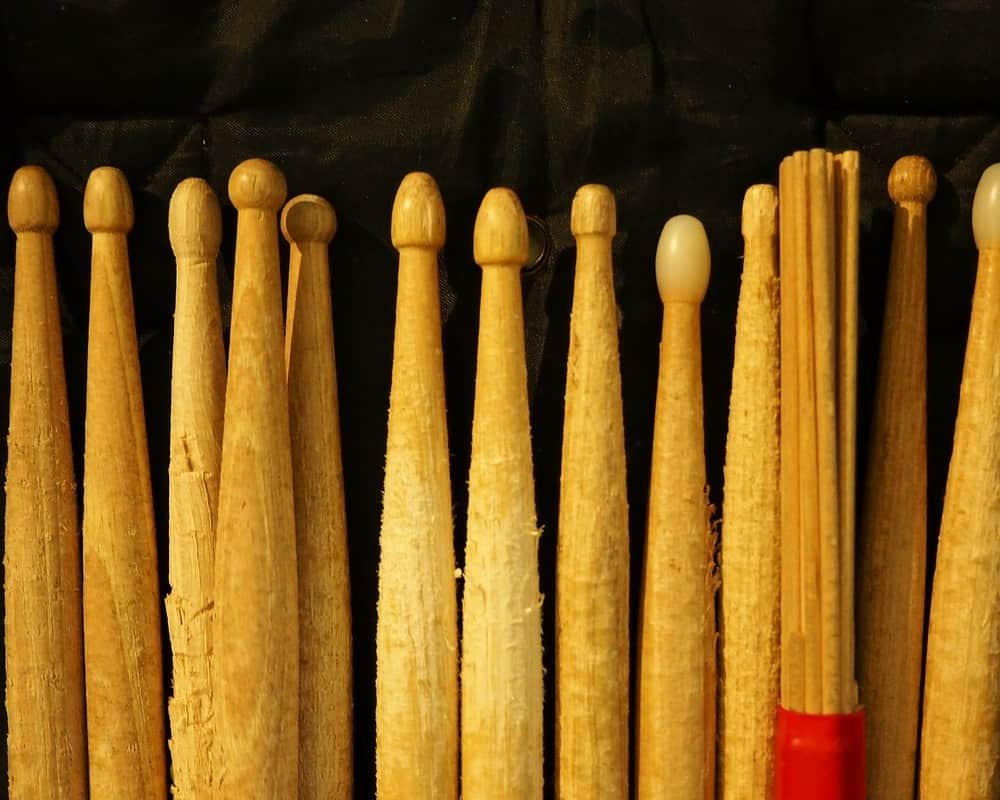
Like any instrument, the stick should feel comfortable in your hand and be suitable for extracting the sound you want to achieve, and the size should fit your hand, both in diameter and length. The appropriate length can be determined by the distance from the inner point of the bend of the elbow to the tip of the ring finger.
Parameters to consider when choosing drumsticks:
Diameter
Choose the thickness of the sticks, keeping in mind that they should fit comfortably in your hands and be suitable for your playing style. Larger-diameter sticks are heavier and can develop more volume.
Drumstick length
The longer the stick, the harder it is to control, but the sound will be more powerful.
Weight
Weight affects sound, strength, and your ability to control it. Heavy sticks usually sound louder, while lighter sticks sound softer. A beginner drummer will appreciate that thick sticks are easier to control, so they are good for learning. Plus, playing the heavier ones develops the drummer’s stamina.
Density and Strength
For wooden sticks, density is an indicator of strength: the heavier the wood, the greater its density and therefore its strength. All species of wood differ in these indicators, but even among two different trees of the same species, you will not find complete similarity in density.
Therefore it is necessary to hold the sticks in your hand and feel their weight with your own hand.
Examples from the same manufacturer and with the same markings may differ slightly. Synthetic poles have good density and strength, but they cost more and feel different than wooden poles of the same size.
Choice of drumstick sizes
Drumsticks sizes explained we talked about above. All parameters should be taken into account.
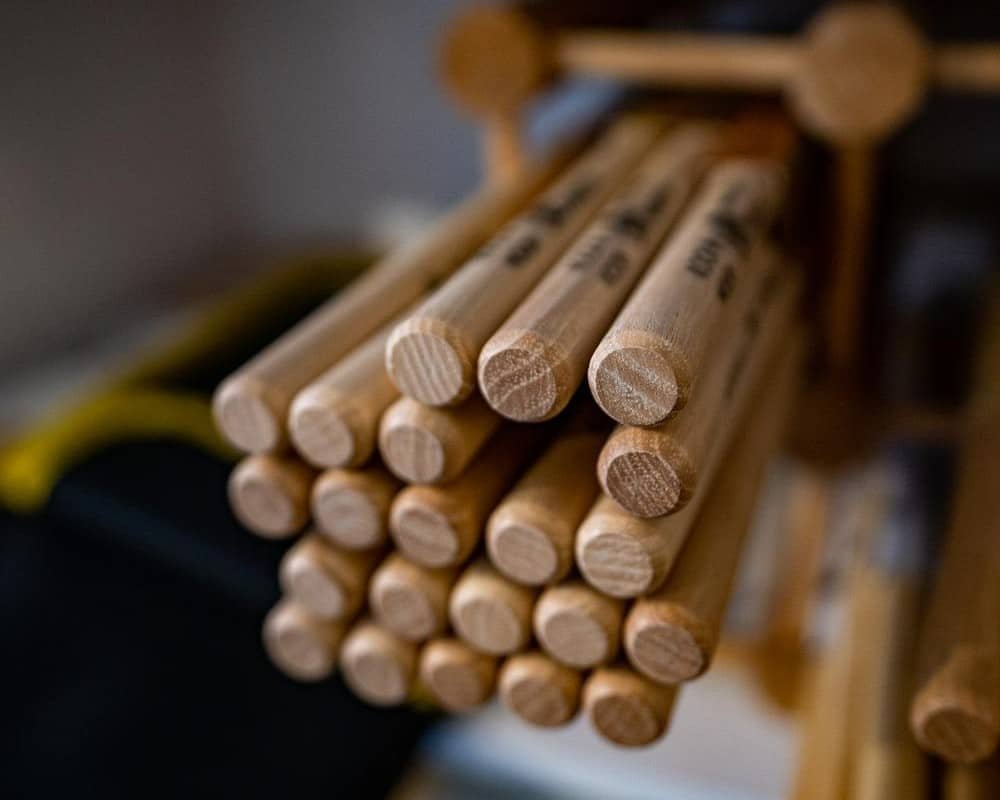
Coating
Sticks can be polished or have a lacquer coating. Lacquer protects the wood from moisture and dust, gives the surface a beautiful intense even shine, and gives the texture contrast. The surface becomes more durable.
Polished sticks look much better. It is worth noting that some drummers dislike lacquered and polished sticks because they can slip out of their sweaty hands when playing.
Brand
Choosing a brand is a matter of experience. If you can’t boast of it yet, focus on the advice of friends, professionals, and advertising.
Frequently Asked Questions
Which drumsticks are best for beginners?
Lighter drumsticks are easier to control, so they will be preferable for the beginner.
What are 7A drumsticks used for?
Drumsticks that are 7A-sized are typically used for lighter playing styles, such as jazz.
Do drumsticks matter?
It depends on what you mean. If you are asking if the drumsticks make a difference in the sound of the drums, then the answer is yes. If you are asking if the drumsticks matter in terms of how easy they are to play, then the answer is no.
Also read:
Conclusion
Armed with the above information, you can purchase wands at the store. It is a very personal activity, almost a ritual. Choose products that are comfortable for your hands and playing style. Compare several models. With experience, you will already choose a certain brand. So don’t be afraid to experiment with different sizes and styles.

